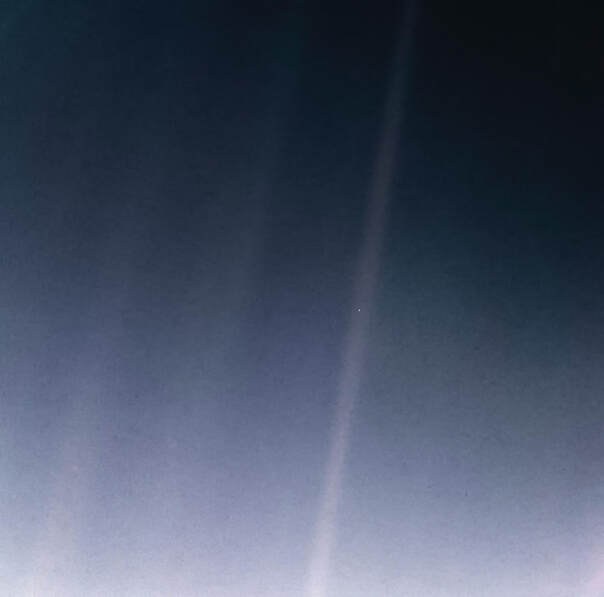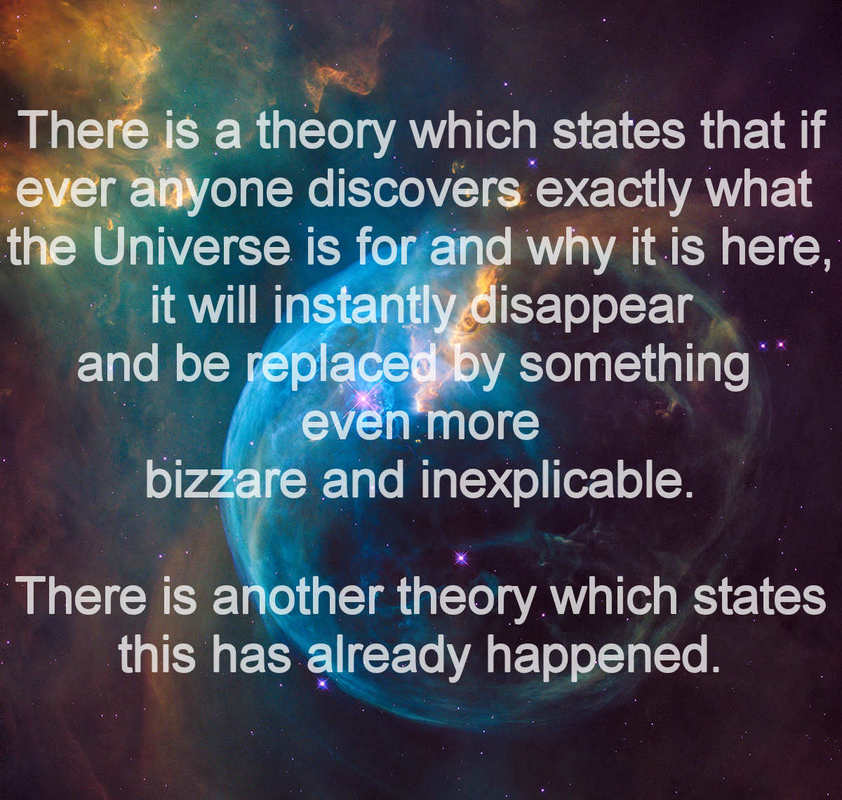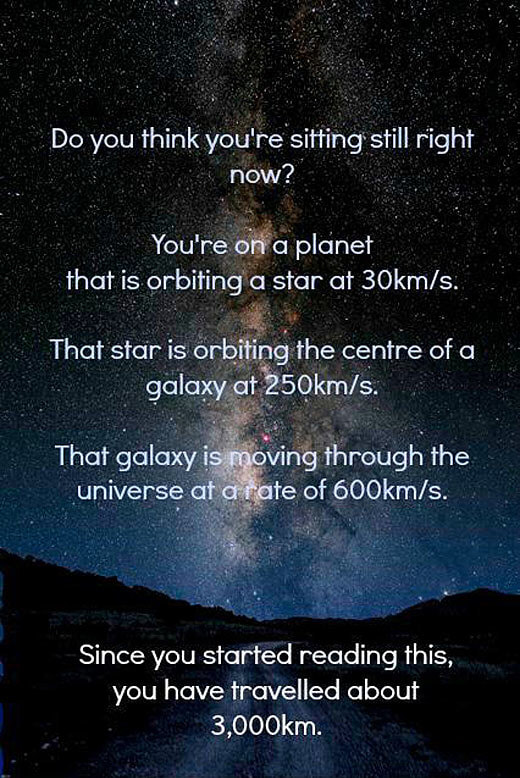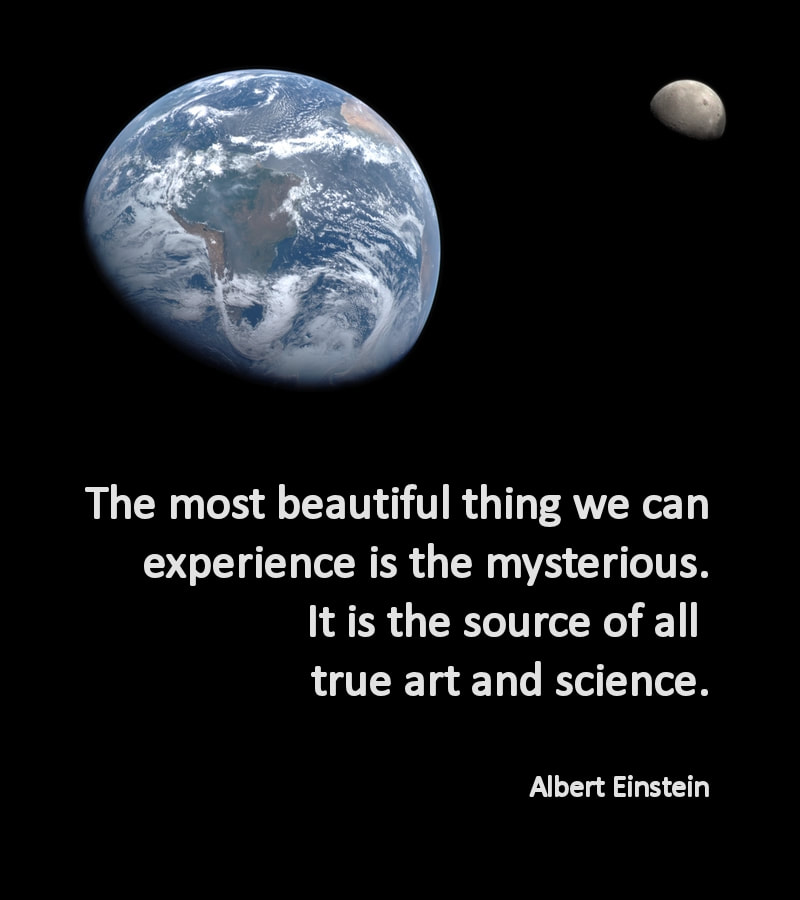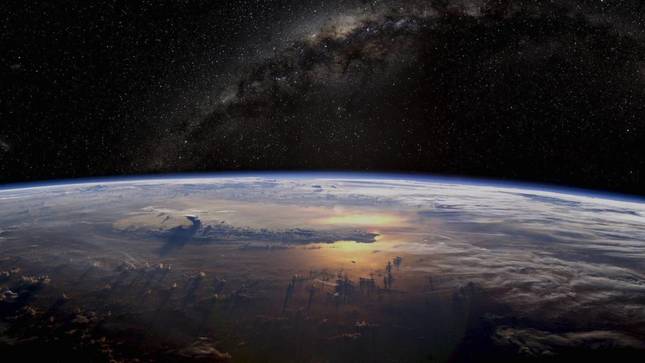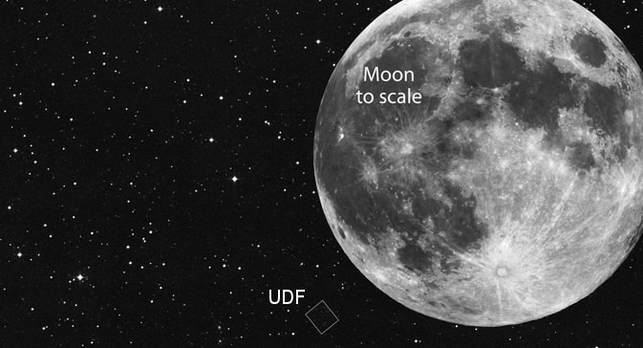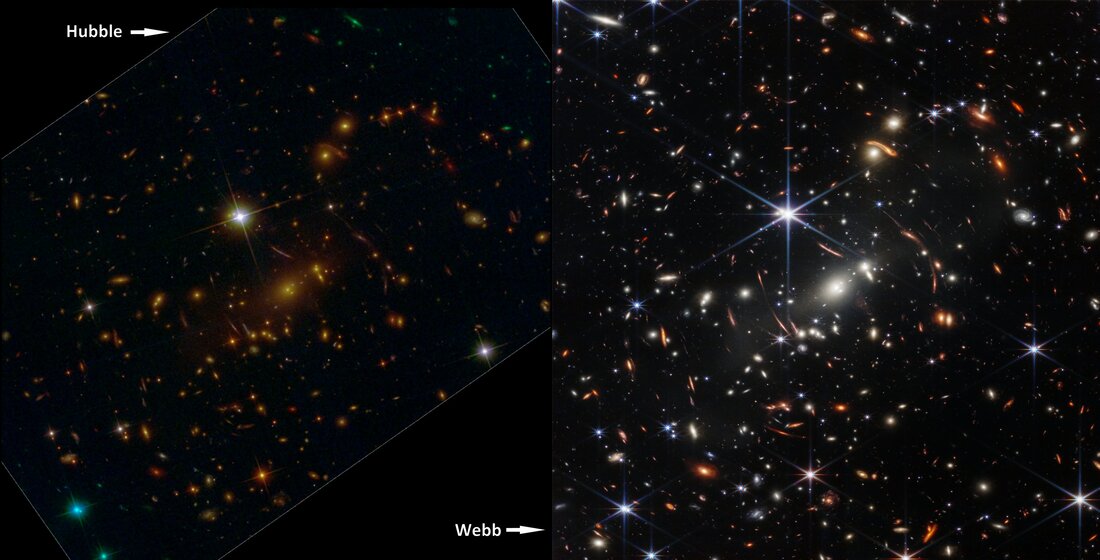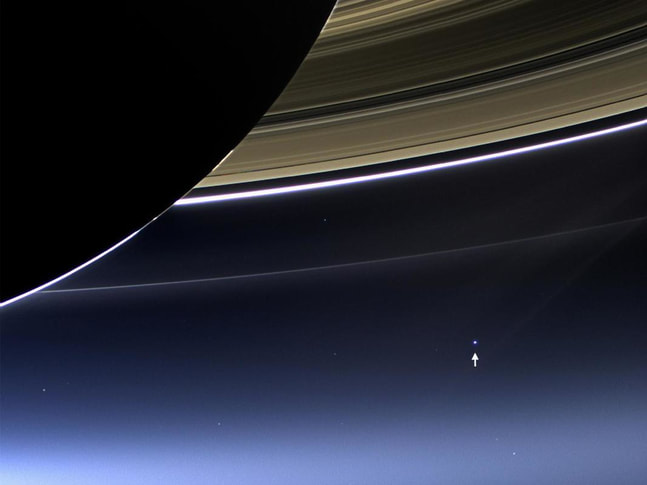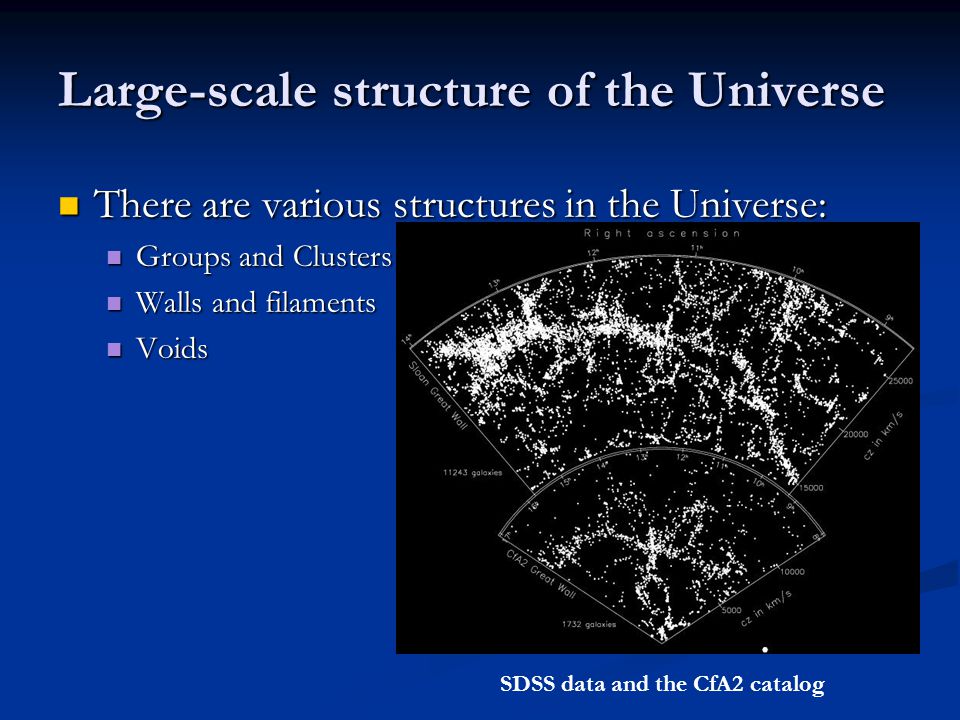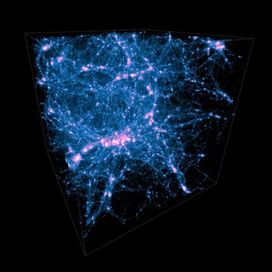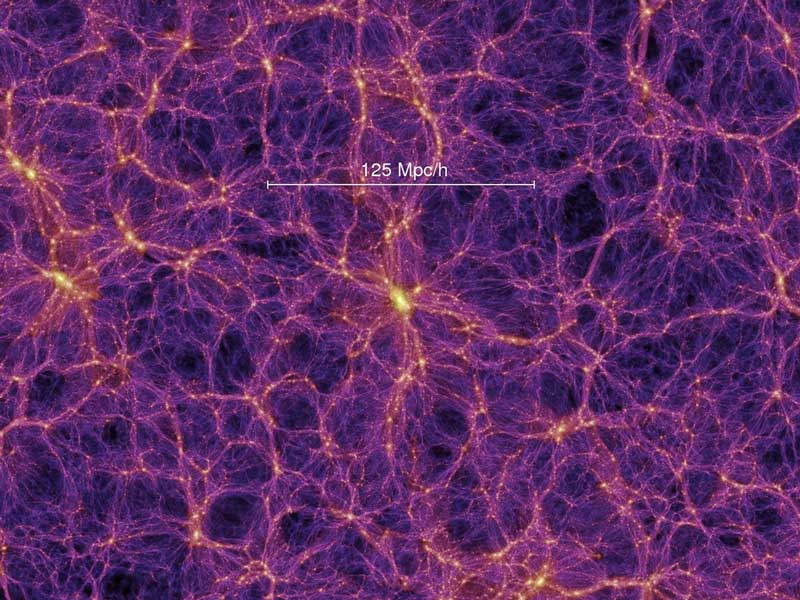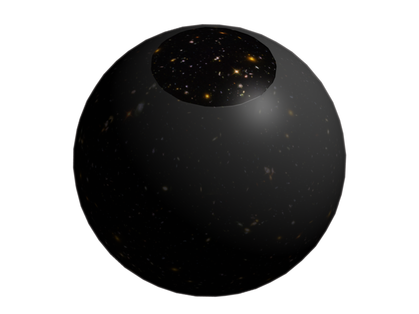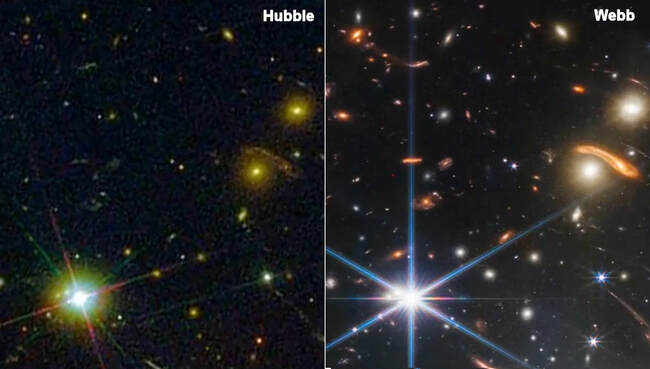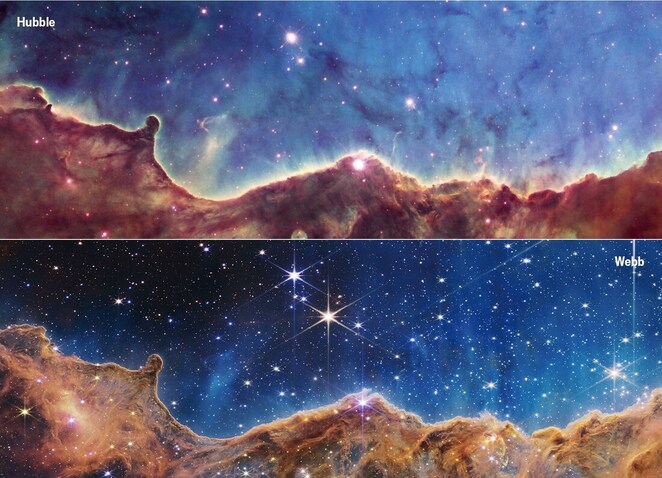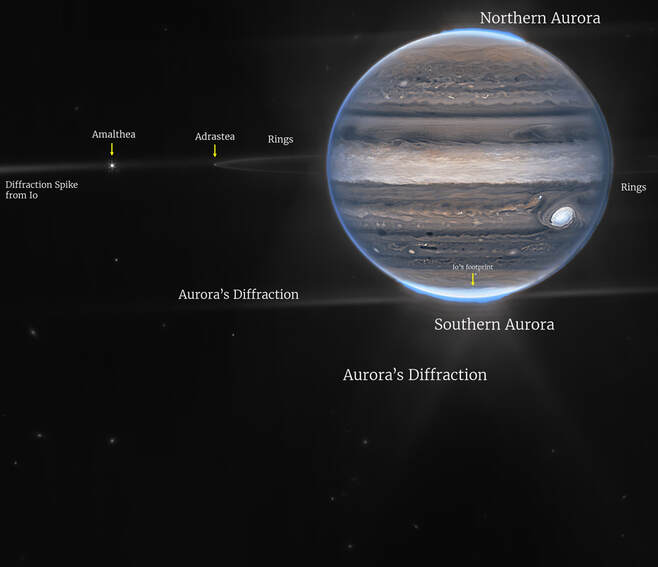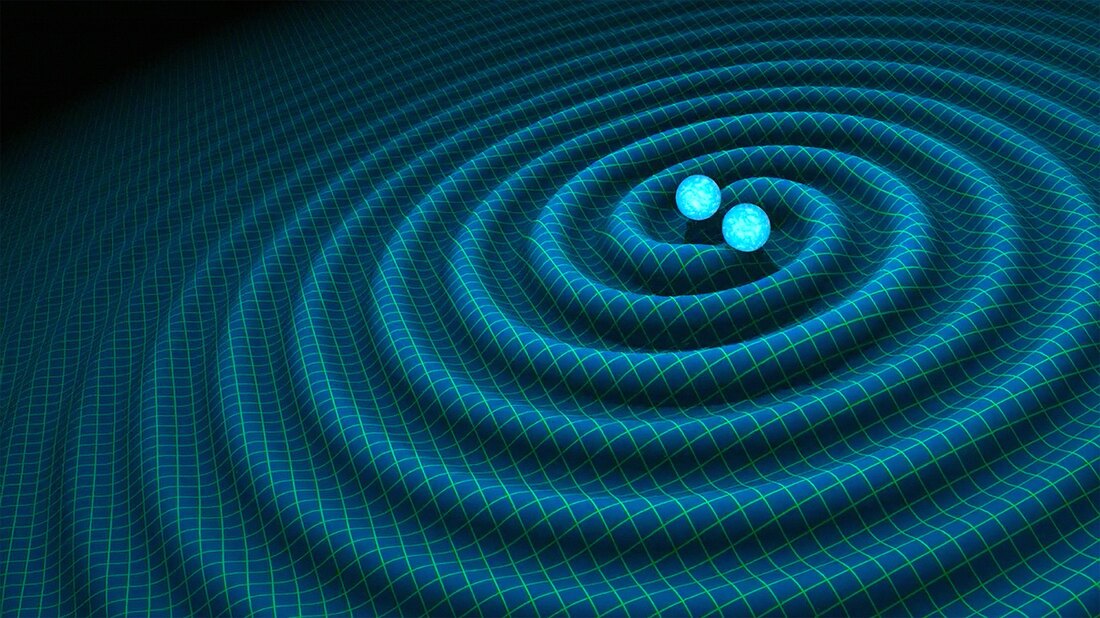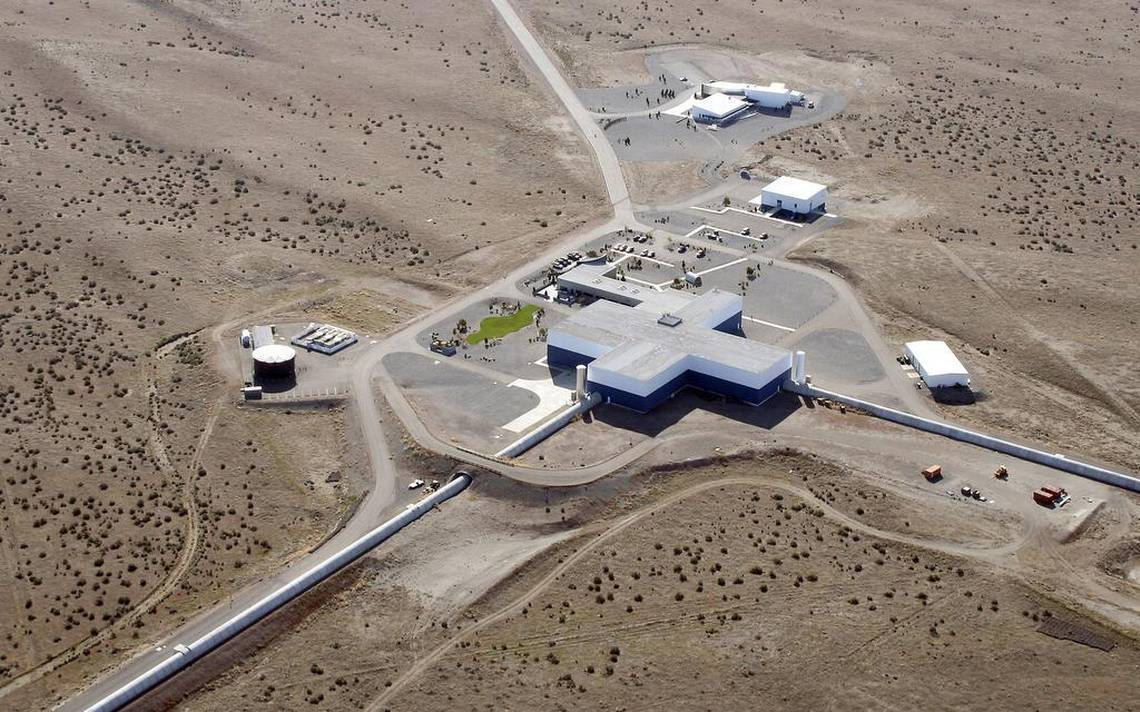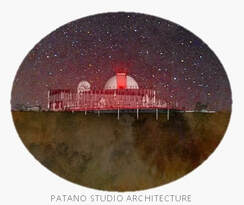Education
Portrait of the Earth - a pale blue dot NASA
"Look again at that dot. That's here. That's home. That's us. On it everyone you love, everyone you know, everyone you ever heard of, every human being who ever was, lived out their lives... on a mote of dust suspended in a sunbeam.
The Earth is a very small stage in a vast cosmic arena… Our posturings, our imagined self-importance, the delusion that we have some privileged position in the Universe, are challenged by this point of pale light.
In our obscurity, in all this vastness, there is no hint that help will come from elsewhere to save us from ourselves…
It has been said that astronomy is a humbling - and I might add - a character-building experience. There is perhaps no better demonstration of the folly of human conceits than this distant image of our tiny world. To me, it underscores our responsibility to deal more kindly with one another, and to preserve and cherish the pale blue dot, the only home we've ever known.”
Excerpted from "Pale Blue Dot" - Carl Sagan

